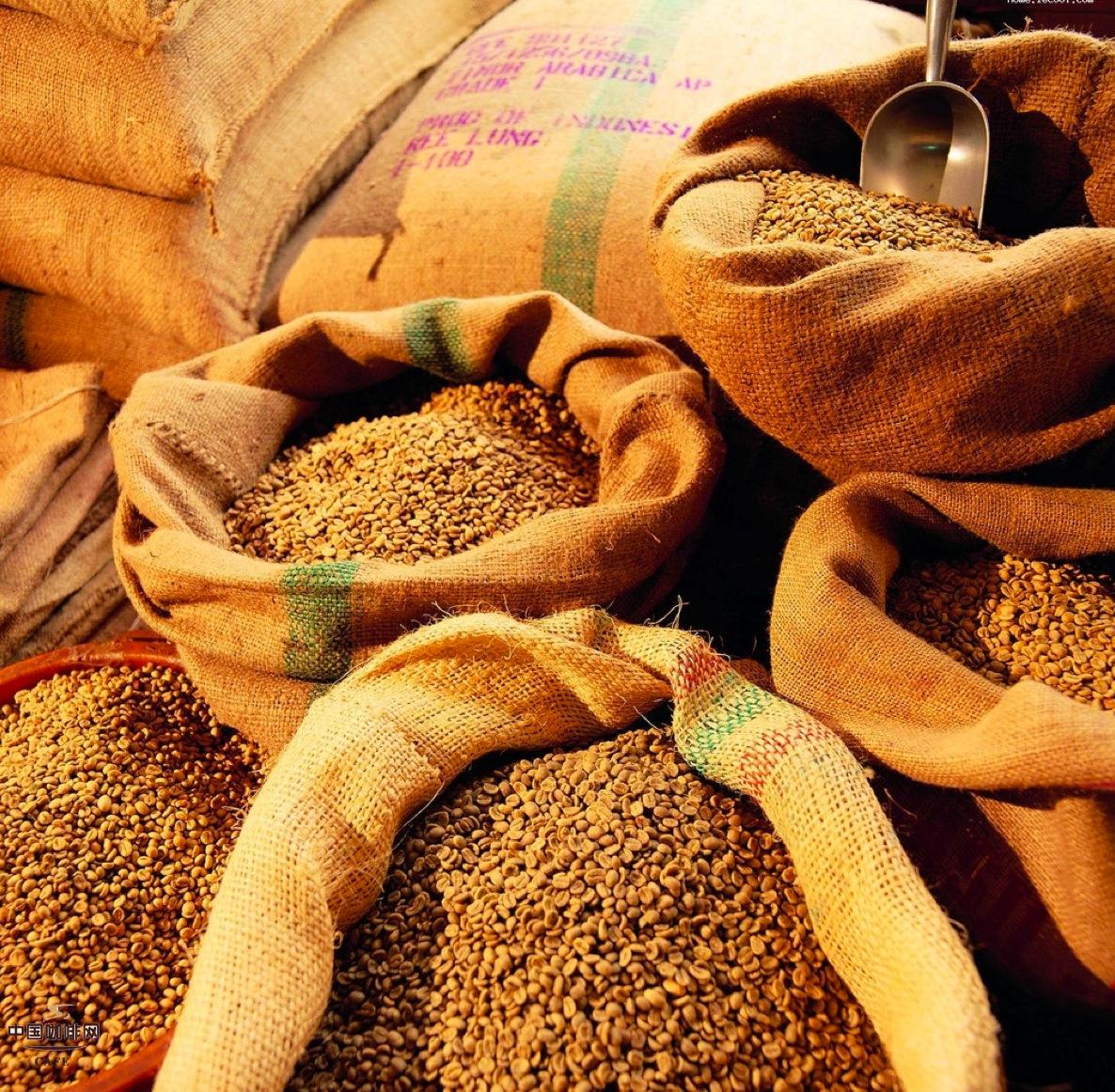Knowledge of coffee botany basic knowledge of fine coffee

The botanical description of coffee is: "Coffee is Rubiaceae, coffee, evergreen shrubs or small trees."
Coffee classification
There are more than 60 kinds of coffee, but there are roughly two kinds of coffee grown on a commercial scale, one is Arabica, accounting for about 70% of the world's coffee cultivation area; one is Robasta, accounting for about 30% of the world's coffee cultivation area.
According to the classification of coffee by China's national standards, it is mainly divided into the following five varieties.
1. Arabica coffee, i.e. Arabian species. Native to Ethiopia, it is the world's leading cultivated species. China is mainly distributed in Yunnan, Guangdong Zhanjiang area. This species is cold-resistant, drought-tolerant, the product smells mellow, good drinking quality, but easy to infect leaf rust.
2. Medium-grain coffee, i.e. robasta. It is commonly known as indigenous to the tropical rain forest area of Congo, Africa. Cultivation area is second only to small seed species, mainly cultivated in Hainan Province in China. This species is not tolerant to strong light, wind and drought, and has weak cold resistance. However, it has strong disease resistance and is not easy to infect leaf rust. The product has strong taste and strong irritation.
3. Large-grain coffee, i.e. Liberian. Originated in Liberia, Africa. Cultivation area is small, China's Hainan Province also has a small number of planting, suitable for low altitude, high temperature areas to grow.
4. Ethelsa species. Originated in the Charlie River Basin of West Africa, China has no cultivation.
5. Arabasta species. It is a new species of tetraploid coffee produced by colchicine treatment in Cote d'Ivoire, Africa since 1962 by French Coffee and Cocoa Research Institute. It has not been cultivated in China.
Arabian species (commonly known as small seed species) is the most suitable variety for cultivation in Yunnan Province of China.
Important Notice :
前街咖啡 FrontStreet Coffee has moved to new addredd:
FrontStreet Coffee Address: 315,Donghua East Road,GuangZhou
Tel:020 38364473
- Prev

The spread of Coffee the basic knowledge of Coffee
1. Coffee was introduced into Europe in the 16th century, and coffee attracted the attention of European countries in the name of Arabic wine. In the middle of the 17th century, coffee became popular in Europe. 2. When coffee was introduced into Asia in 1600, Baba Budan, a Muslim, successfully smuggled seven seeds on his belly and planted them for trial in the mountains of Mysore in southern India without large-scale cultivation. sixteen
- Next

Coffee growing conditions Fine coffee Learn coffee basics
Coffee belt: coffee can not be grown in any environment, because it is originally a tropical rainforest environment of plants, in the development of the system, the need for calm wind, warm, shade or semi-shade and humid environment habits. Therefore, coffee has strict requirements for planting conditions. We call the strip of area on both sides of the equator, between 25 degrees north and south latitude, suitable for coffee growth, coffee belt. 1、
Related
- Beginners will see the "Coffee pull flower" guide!
- What is the difference between ice blog purified milk and ordinary milk coffee?
- Why is the Philippines the largest producer of crops in Liberia?
- For coffee extraction, should the fine powder be retained?
- How does extracted espresso fill pressed powder? How much strength does it take to press the powder?
- How to make jasmine cold extract coffee? Is the jasmine + latte good?
- Will this little toy really make the coffee taste better? How does Lily Drip affect coffee extraction?
- Will the action of slapping the filter cup also affect coffee extraction?
- What's the difference between powder-to-water ratio and powder-to-liquid ratio?
- What is the Ethiopian local species? What does it have to do with Heirloom native species?

